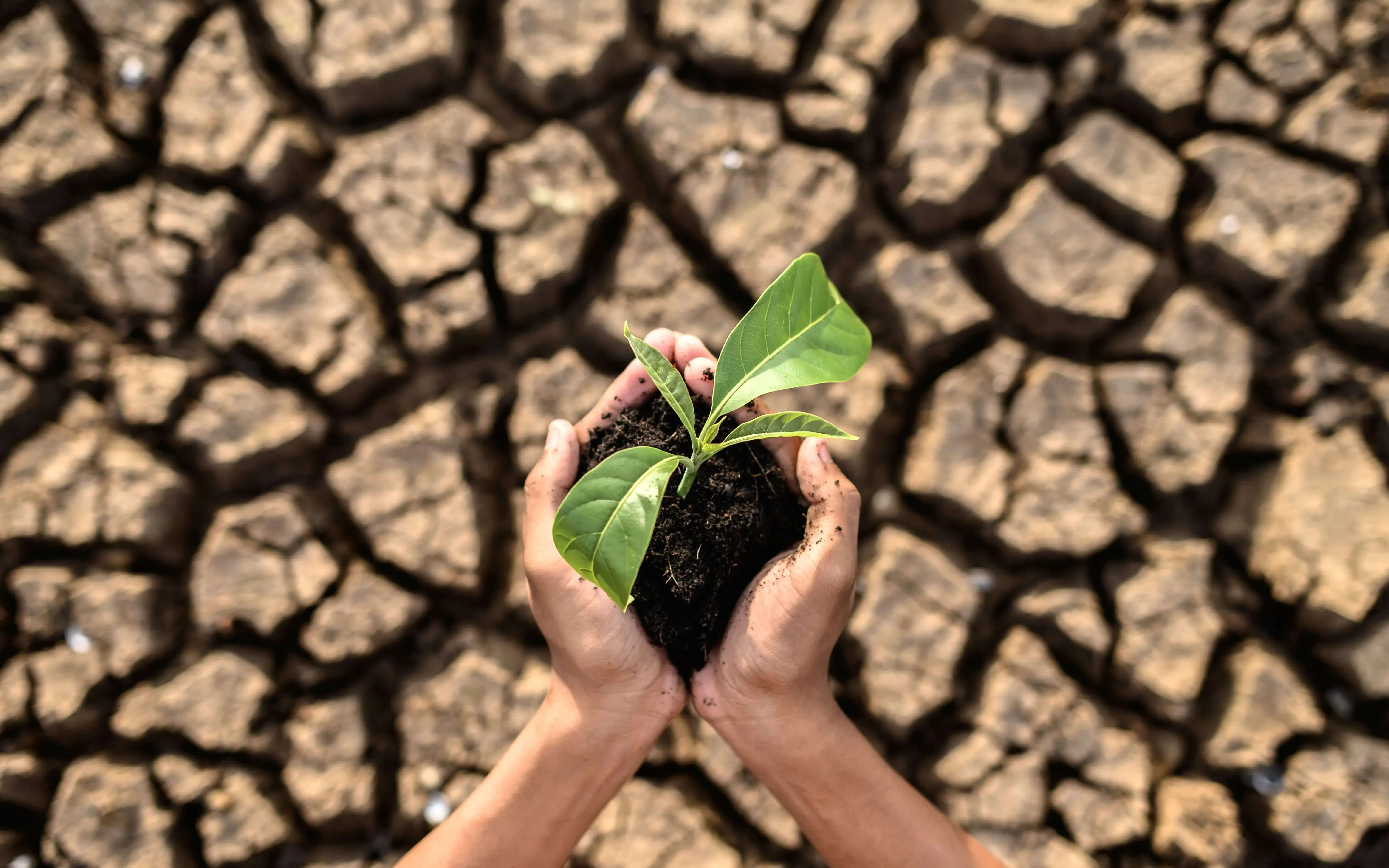Persons have been on the move due to climate change throughout history and, unfortunately, this reason is becoming more and more habitual.
Changes in climate patterns have an impact on human communities, especially on those that are directly dependent on natural resources for their subsistence. Climate migration may be caused by drought, flooding, desertification, rising sea levels and other weather-related events that affect the availability of food, drinking water, housing, and employment.
All along history, there have been hundreds of people movements as a consequence of climate changes. During the Neolithic era there were important migrations because of changes in rainfall patterns that led to desertification in areas that had been inhabited up until then, forcing population to move to more fertile regions.
Although there are plenty more examples, we don’t need to go back in history that far to talk about climate migration, as this is a phenomenon that continues to occur today. That is why, in this article, we summarise five climate migration processes in modern history.
Sahel
The Sahel is a strip of semi-arid land crossing Africa from the Atlantic coast to the Red Sea that has experienced recurring drought and an exponential desertification. These patterns have led to the migration of rural communities towards urban areas in pursuit of better living conditions and opportunities. Protracted drought has affected the availability of water and agricultural output.
Migration in the Sahel has had a significant impact on social and economic dynamics in the region. The higher demographic pressure in urban areas has come with new challenges in terms of access to basic services, such as employment and housing. Furthermore, the rural exodus has led to changes in traditional agriculture and livestock practices which, in turn, has had a repercussion on food security and sustainability in the region.
The Arctic
The melting of the Arctic Sea ice due to global warming has opened up new maritime routes and generated economic interest in the region. As the sea ice shrinks, new possibilities emerge to explore for oil, gas, and other resources, attracting several transnational corporations to the region.
However, this weather event has also caused populations to migrate looking for employment opportunities and natural resources and to the relocation of indigenous communities who have lost their traditional lands.
Climate migration in the Arctic comes with specific challenges both for the local populations and for the environment. Indigenous communities are faced with the loss of their culture and traditional ways of living, while fragile Arctic ecosystems are threatened by human activity and the exploitation of resources. Additionally, growing maritime activity and infrastructure raise concerns in terms of safety, environmental protection, and sustainability in the long term.
Islands of the Pacific Ocean
Islands of the Pacific such as Kiribati, Tuvalu or the Marshall Islands are dealing with the threat of raising sea levels and extreme weather events, such as strong storms that erode their coastline and affect the availability of fresh water for the population. As a result, some island communities have started to consider internal migration or relocating to neighbouring countries.
Migration in the Islands of the Pacific raise the question of internal migration that comes with issues relating to cultural and social integration, and poses challenges in terms of jobs, housing, and access to basic services. Also, the loss of land and the need to adapt to climate change come with big question marks on the future of the communities and the preservation of island cultures on the islands of the Pacific.
Bangladesh
Bangladesh is located to the east of India, on the Gulf of Bengal. It is a densely populated country and locate don a delta plain, making it especially vulnerable to climate change. Today, the area is affected by recurring flooding combined with cyclones and droughts that severely impact coastal and agricultural areas. These extreme climate events have led to internal migration, with rural communities moving to urban areas looking for safety and means of subsistence.
Migration in Bangladesh is seriously affecting urban planning and management in the country. An increased demographic pressure in urban areas has led to an ever-growing demand for housing, infrastructure, and basic services. In addition, the loss of productive agricultural land and a limited access to water resources and food are threatening food security and the sustenance of the population. Adaptation to climate change and fostering resilience are key to deal with climate migration in Bangladesh and ensure long-term sustainability.
Southern Africa
The region of Southern Africa is experiencing extended droughts that has significantly affected access to food and the living conditions of rural communities. Recurring drought and changes to rainfall patterns have caused a reduction in agricultural output and livestock, leading to internal and cross-border migration of people searching for more favourable conditions.
Internal migration towards urban areas may generate additional pressure in terms of basic services. Also, cross-border migration can lead to tensions and conflict over access to limited resources. Managing water resources and fostering sustainable agricultural practices and investing in infrastructure are key to deal with climate migration in the region and to guarantee safety and wellbeing for the affected communities.







Add new comment